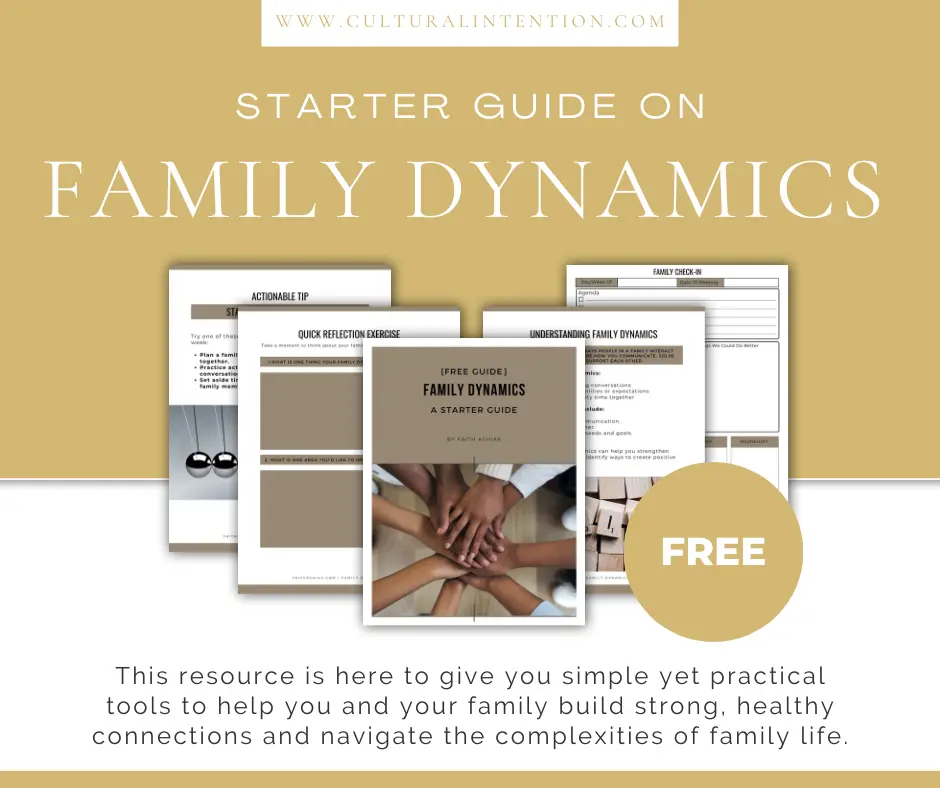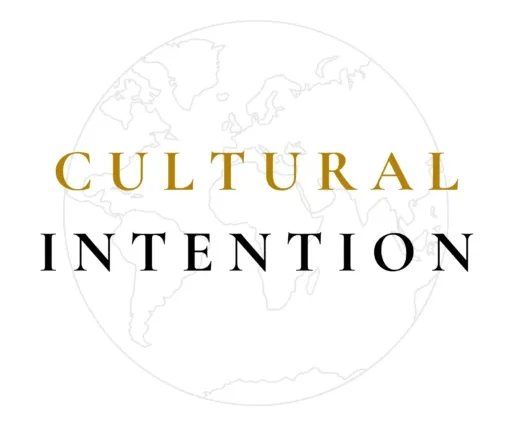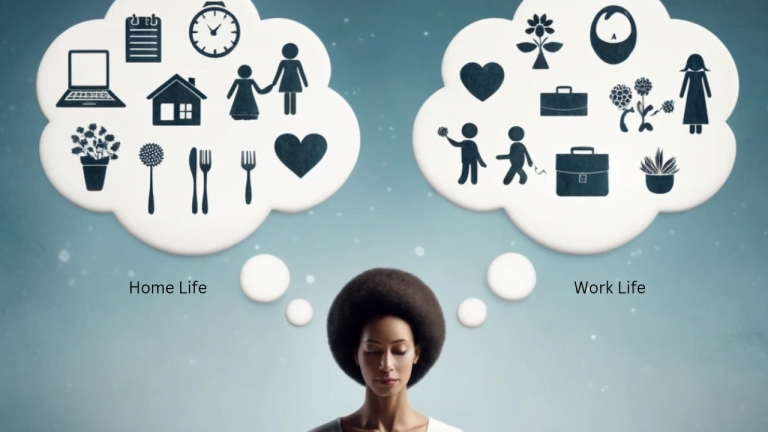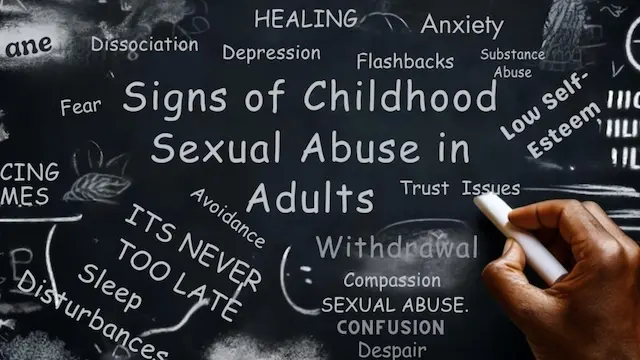Find Family With DNA Testing: Discover Relatives and Expand Your Family Tree

What if a simple DNA test could reveal connections to family members you’ve never met or knew existed?
When I first started researching how people use DNA testing to find relatives, I wondered if it was something I’d consider for myself or my family.
The idea of discovering cousins, half-siblings, or even biological parents made me think more deeply about how powerful these tools have become.
It starts with something simple, like a cheek swab or saliva sample. But the results can shift how you see your story.
You might uncover relatives you never expected or answers to questions you didn’t know you had.
And this kind of discovery goes beyond biology. It touches identity, relationships, and reconnecting pieces of a family story that were never in the same room to begin with.
For many, it’s about learning something fundamental about their origins and who they’re connected to.

Ready to Create More
Peace and Connection at Home?
Download your FREE starter guide on Family Dynamics to create healthy communication, build stronger bonds, and navigate challenges with intention.
DNA Testing Helps You Find Real Family Connections
DNA testing looks at specific parts of your genetic code and compares them to others in a database. A small sample, usually saliva or a cheek swab, is all it takes.
Your results help you see how closely you may be related to others who have also tested.
You inherit half your DNA from each parent. This means you share much of it with close relatives like siblings and parents, and less with distant cousins.
The test helps you find people in your extended family tree by analyzing those shared segments.

Different DNA Tests for Different Purposes
There are three main types of DNA tests you might use:
- Autosomal DNA: Good for finding close relatives across both sides of your family. Most useful for matches up to fourth or fifth cousins.
- Y-DNA: Passed down from father to son. Only available to males and helps trace the paternal line.
- mtDNA (Mitochondrial DNA): Passed from mother to children. This test traces your maternal line.
Depending on your goal, one test may be enough. Some people take more than one to get a fuller picture.
Choosing a DNA Testing Company
Not all companies offer the same features. Some of the most well-known options include:
- AncestryDNA: Known for its large database and strong tools for building family trees.
- 23andMe: Offers both ancestry and health insights.
- MyHeritage: Competitive pricing and growing database.
- Others: FamilyTreeDNA and LivingDNA focus more on regional or historical detail.
When picking a service, think about:
- What kind of relatives you hope to find
- Whether you want health info included
- How the company handles privacy and data use

What You Might See in Your Results
When your DNA results are ready, you’ll usually get:
- A breakdown of your ancestry by region
- A list of people who share DNA with you, ranked by how closely you're likely related
- Possible shared ancestors
- In some cases, traits or health info based on your genes
These results can help you make sense of family patterns, fill in missing history, or start new conversations.
That said, DNA results aren’t always exact. Ethnicity estimates can shift over time as databases grow and technology improves.
Close relationships might not always be clear initially, and not every match will come with immediate answers.

How Matches Are Calculated
The system compares your DNA to other samples in its database. It measures the number of segments you share with someone else and the length of those segments.
The more you share, the closer the relationship. That’s how they estimate whether someone is a cousin, sibling, or more distant relative.
Your matches might grow over time as more people test. So even if you don’t find close family immediately, your results can update as the database grows.
Why Some Families Avoid DNA Testing Altogether
Not everyone is eager to submit a DNA test. DNA testing can feel risky in many families, especially those shaped by migration, extended kinship ties, or complicated relationship histories.
Some people worry it might reveal things that were never discussed, like a child from a past relationship or a sibling no one mentioned.

It’s not really about the science. For many families, it’s about protecting the dynamics that already exist.
Some people would rather not stir old memories or raise questions that could shift how people relate to each other now, like finding out the children you’ve raised aren’t biologically yours, learning you have siblings from a parent’s past relationship, or realizing someone you called “uncle” is actually your father.
In places where DNA testing hasn’t been common, these tools can be a game changer. People might joke, “You can’t deny this child,” but behind the laughter, there’s often side-eye and quiet doubt that no one wants to say out loud.
My dad once mentioned he was thinking about doing a test. I smiled and said, “I’m not ready for any more surprises.”
We both laughed, but part of me was serious. Some things bring up more confusion and questions than answers.
In many families, especially where past choices were complicated or never fully explained, these discoveries affect more than one person.
You can still be curious about your roots and choose not to take the test. Everyone moves at their own pace with this.

Privacy and Things to Consider
Before you take a test, it’s good to understand how your data will be handled.
Some companies share de-identified data for research or allow law enforcement access in some cases. Others let you opt out of these features.
Always read the privacy policy before signing up. And if you’re testing to find relatives, remember: your results could also reveal information about your family members. Not everyone may be ready for those discoveries.
Real-Life Stories and Emotional Impact
Some people find siblings they never knew existed. Others connect with birth parents after decades apart. For example:
- A friend of mine in her 60s found relatives through a 23andMe match. Since then, she’s stayed in touch with them and uncovered stories about her mother she might never have known otherwise.
- A man in his 40s used AncestryDNA to track down his birth parents and learned he had five siblings. They met in person and have been in touch ever since.

These stories are powerful, but they can also bring up big emotions.
It helps you prepare yourself and manage your expectations. Some matches may lead to lasting relationships.
Others may not want contact. You might feel joy, shock, confusion or all three.
Talking to a friend or joining an online group can help if you're navigating unexpected news.
If you do reach out to a match, start gently. Introduce yourself, explain your connection, and be patient if they need time.

Moving Forward After a Match
If someone responds and is open to connecting, be patient and show grace.
Get to know each other through messages or calls before sharing too much. Some relatives might eventually want to meet in person, while others may prefer to keep the connection online.
There’s no right way to build these new relationships. Each one is unique. What matters most is respect, openness, and allowing space for honest conversations.
“DNA doesn’t make a family, but sometimes it helps you find the ones you didn’t know you were missing.”
DNA testing can change how you understand yourself and your family. Whether you're hoping to fill in a family tree or looking for something more personal, it starts with one small step and a lot of curiosity.
You don’t have to figure it all out at once. Start with your “why,” take your time, and let the connections unfold as they come.

If your results feel unclear or you didn’t find close relatives right away, that doesn’t mean you won’t.
New matches are added regularly, and other tools like family interviews or public records can help you keep going. DNA is a strong starting point, but your story builds over time.
What surprised you the most if you’ve already taken a DNA test? And if you’re still considering it, what questions or thoughts are holding you back?
Feel free to share your experience or hesitation. We learn so much by hearing from others who are navigating the same journey.
IF THIS POST SPOKE TO YOU, EXPLORE MORE OF THE JOURNEY ON OUR SITE.
You'll find free guides, intentional tools, and reflections to support cultural growth and legacy-building.
💬 Looking for connection? Join our Facebook community to continue the conversation.
📌 Pin an image to revisit or share with someone walking a similar path.
Thank you for being here.









